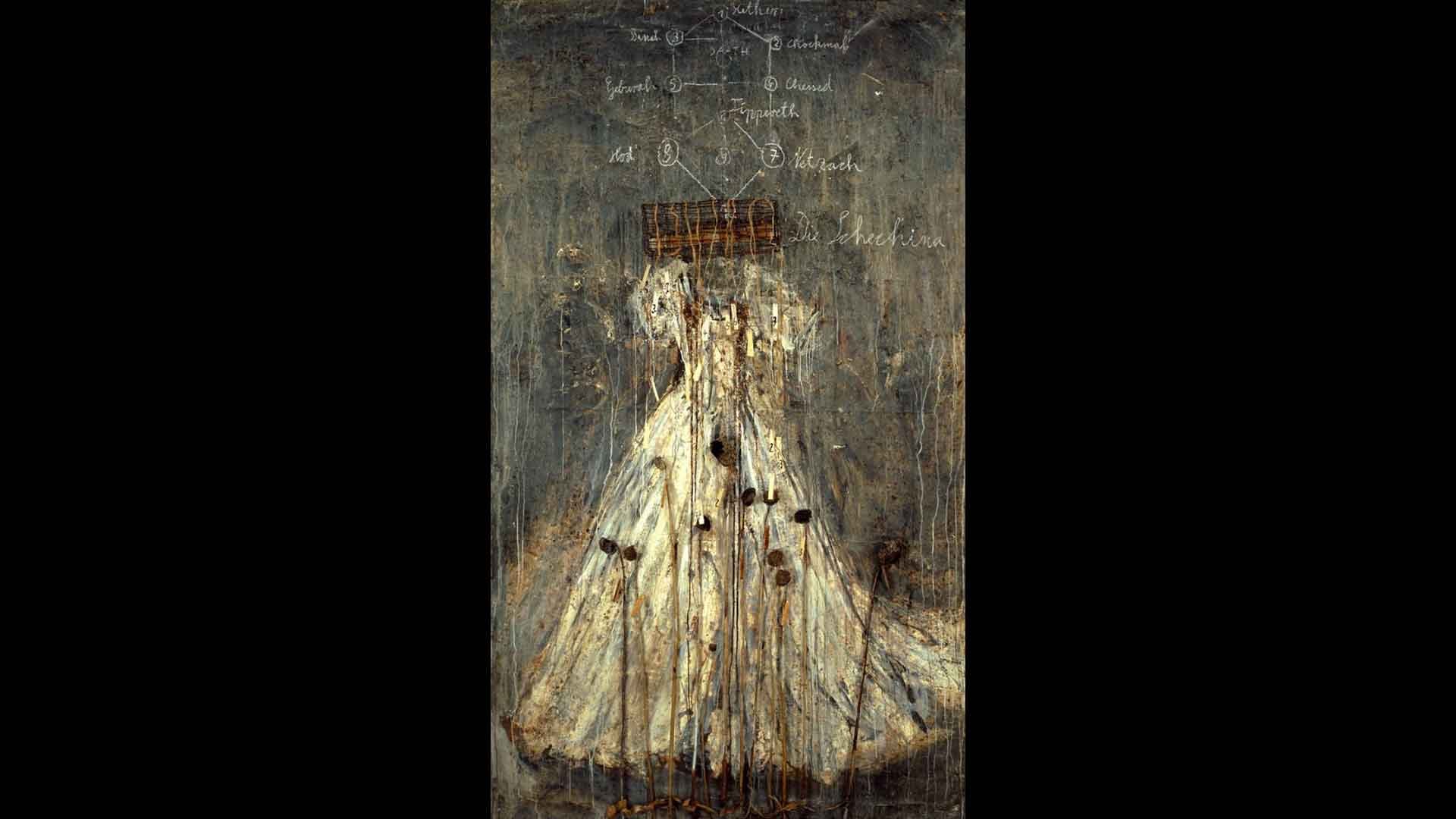In this essay, Dr. Julian Ungar-Sargon discusses the Talmudic notion that a king must write two Torah scrolls, one that goes with him wherever he goes, and one that is kept in his treasury. He puts forward an interpretation of this concept in which two revelations are implied, one public and one uniquely private, but both of equal authority.
Schechina Consciousness II
In this essay, Dr. Julian Ungar-Sargon discusses the evolution of the notion of Schechina from Reb Nachman's work to the Degel Machaneh Efraim and how the feminine Divine was an essential and is a forgotten aspect of worship.
Thoughts From Jerusalem
In this essay, Dr. Julian Ungar-Sargon discusses the interpretation of the verse "which if a man does, he shall live by them: I am the LORD" and its connection to the concept of divine manifestation in the world. He explores the ideas of Reb Hershy and the Degel, who suggest that humans have the power to manifest the divine in both hidden and revealed manners.
"Manna From Heaven" and the Taste of God
In this essay, Dr. Julian Ungar-Sargon shares some Torah from the Degel on parshat Beshalach.
Textuality, Narrative and Mysticism
Dr. Julian Ungar-Sargon shares some Torah from his dear friend Reb Hershy and delves into the Degel’s take on parshat Bo.
Tiferes Shlomo on Rachel and Leah
In this essay, Dr. Julian Ungar-Sargon offers his take on the Tiferes Shlomo’s reading of Rachel and Leah.
The Lion Who Destroys But Also Rebuilds
In this essay, Dr. Julian Ungar-Sargon discusses the significance of the lion in Jewish culture and mythology.
Corpse and Mirror II by Jasper Johns
The Divine Twin
In this essay, Dr. Julian Ungar-Sargon delves into a Talmudic discussion of Deuteronomy 21:22-23, which prohibits leaving a human corpse hanging on a pole overnight. He explores the implications of this parable in relation to the Holocaust and the question of where God is in times of suffering.
The Blind Fiddler
In this essay, Dr. Julian Ungar-Sargon explores the parable of the king and the violinist and how the story raises questions about the nature of religious observance and the role of passion in it, as well as the morality of the king's actions. The interpretation of the parable is left open to discussion and debate.
Eulogy For My Friend and Mentor George Lasry
Parables and Princesses
Int his essay, Dr. Julian Ungar-Sargon discusses the use of parables in early Tannaitic midrashim to explore the relationship between the feminine hypostasis and the world. He draws on the work of Rabbi Nachman of Bratzlav to explore the tragic consequences of the split within the divine and the paradox of creation.
Tikkun Olam Revisited
In this essay, Dr. Julian Ungar-Sargon explores the various meanings and uses of the term "tikkun olam" in Jewish thought and practice.
Silent Prayer: Afterthoughts
In this essay, Dr. Julian Ungar-Sargon discusses various aspects of prayer, including the approach of Ahavah, the hasidic doctrine of self-annihilation, and the hasidic solution to the problem of petitionary prayer.
On The Death of Elie Wiesel
In this essay, Dr. Julian Ungar-Sargon reflects on the passing of Elie Wiesel and shares the Baal Shem Tov’s story of the king and the fiddler, which deals with the tension between religion as rote versus passionate ritual expression.
Silent Prayer
These are the remarks that Dr. Julian Ungar-Sargon delivered at the OSMTH-International Ecumenical Spiritual Retreat in Maribo, Denmark.
Memorial Dedication for Rabbi Gettinger
Memorial Dedication for Rabbi Gettinger
These are the remarks that Dr. Julian Ungar-Sargon delivered at the memorial dedication in Lakewood, NJ, in honor of his departed father in-law Rabbi Gettinger.
The Exile of the Soul
In this essay, Dr. Julian Ungar-Sargon articulates a vision of what "Galut mentality" looks like. He suggests that it perpetuates the moves that maintain a disconnection within the self, the divorcing of the conscious from the unconscious, and a splitting between ought and is.
Mirror of The Divine
In this essay, Dr. Julian Ungar-Sargon discusses the Ropczyce's radical idea that Revelation was connected to the very image making at the dawn of creation and can be thought of as nothing less than human recognition of the Divine.
The Banquet of Esther and Ahasuerus by Jan Victors
Bribing Satan and Queen Esther
Bribing Satan and Queen Esther
In this essay, Dr. Julian Ungar-Sargon explores the connection between the Jewish holidays of Purim and Yom Kippur through the Zohar on parshat Tetzaveh and the chassidic masters.
Yael Zipporah
These are the remarks that Dr. Julian Ungar-Sargon delivered at the naming ceremony of his granddaughter Yael Zipporah Sror.




















